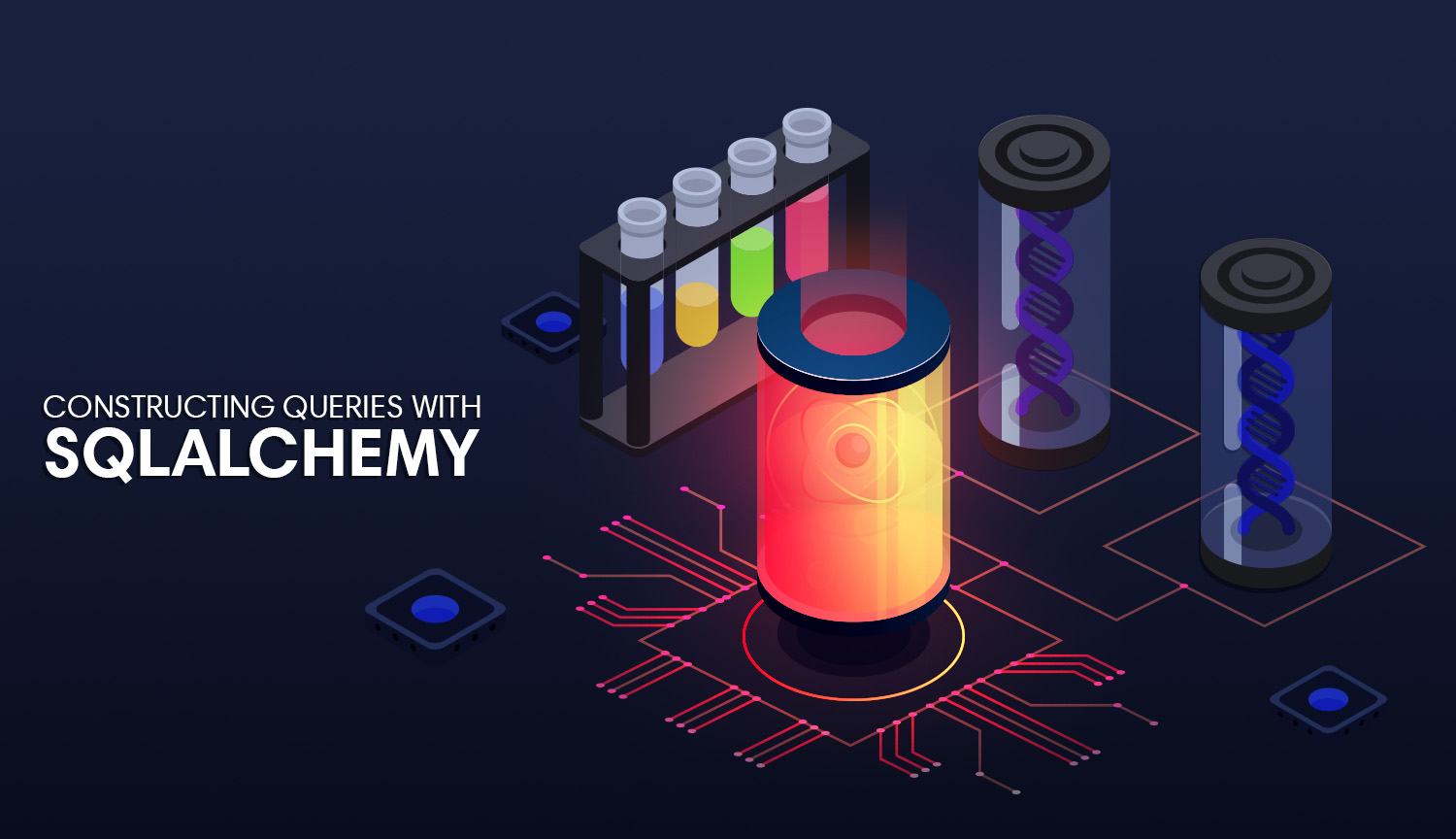
Introduction
SQLAlchemy is a popular Python library that provides a SQL toolkit and Object-Relational Mapping (ORM) framework. It allows developers to interact with databases using a high-level and Pythonic interface, making database operations more intuitive and efficient.
Features
SQLAlchemy offers a wide range of features that make it a powerful tool for working with databases:
- Database-agnostic: SQLAlchemy supports multiple database backends such as PostgreSQL, MySQL, SQLite, and more. It provides a consistent API regardless of the underlying database, allowing developers to switch databases easily.
- ORM capabilities: SQLAlchemy's ORM simplifies database interactions by mapping Python objects to database tables. It enables developers to perform database operations using object-oriented syntax, eliminating the need to write raw SQL queries.
- Flexible query generation: SQLAlchemy's query API provides a powerful and expressive way to build complex database queries. It supports filtering, sorting, joining, and aggregating data with ease.
- Transaction management: SQLAlchemy handles transaction management transparently, ensuring data integrity and consistency. It allows developers to control transaction boundaries explicitly or automatically using a context manager.
- Connection pooling: SQLAlchemy incorporates a connection pooling mechanism, improving performance by reusing database connections. It manages connections efficiently, reducing the overhead of establishing a new connection for each database operation.
- Schema generation and migration: SQLAlchemy supports the generation and migration of database schemas. It provides tools to define and update database schemas using Python code, making it easier to manage database changes over time.
- Integration with popular frameworks: SQLAlchemy integrates seamlessly with popular web frameworks such as Flask and Django. It allows developers to leverage SQLAlchemy's power within their web applications.
Getting Started
To use SQLAlchemy, you need to install it first. You can install it via pip by running the following command:
pip install SQLAlchemyOnce installed, you can import SQLAlchemy in your Python code using:
import sqlalchemySQLAlchemy provides two main components: Core and ORM. The Core component offers a low-level SQL toolkit for executing raw SQL queries and interacting with the database directly. The ORM component, on the other hand, provides the object-relational mapping features.
To connect to a database, you need to create an engine object using the database URL. Here's an example of connecting to a SQLite database:
from sqlalchemy import create_engine engine = create_engine('sqlite:///path/to/database.db')Once connected, you can start performing database operations using the SQLAlchemy API.
Working with the ORM
The SQLAlchemy ORM simplifies database interactions by abstracting away the underlying SQL. It allows you to define Python classes called "models" that represent database tables. Each instance of a model represents a row in the corresponding table.
Here's an example of defining a simple model:
from sqlalchemy import Column, Integer, String from sqlalchemy.ext.declarative import declarative_base
Base = declarative_base()
class User(Base):
tablename = 'users'
id = Column(Integer, primary_key=True)
name = Column(String)
email = Column(String)In this example, we define a User model that corresponds to a "users" table in the database. The model has three columns: id, name, and email.
To interact with the database using the ORM, you need to create a session object. The session acts as a gateway for querying and modifying the database:
from sqlalchemy.orm import sessionmaker
Session = sessionmaker(bind=engine)
session = Session()With the session object, you can perform various operations such as querying, inserting, updating, and deleting records.
Here's an example of querying all users from the database:
users = session.query(User).all()
for user in users:
print(user.name, user.email)The query() method returns a query object that allows you to perform operations like filtering and sorting. The all() method executes the query and returns all matching records.
Similarly, you can use the session object to insert new records:
new_user = User(name='John Doe', email='john@example.com')
session.add(new_user)
session.commit()The add() method adds the new user object to the session, and the commit() method persists the changes to the database.
SQLAlchemy's ORM provides many more features and capabilities for working with databases. Refer to the official documentation for detailed information and examples.
Conclusion
SQLAlchemy is a powerful Python library that simplifies working with databases. Its ORM capabilities provide an intuitive and Pythonic way to interact with databases, reducing the need for writing raw SQL queries. SQLAlchemy's flexibility, performance optimizations, and integration with popular frameworks make it a top choice for database operations in Python applications.
Some Other Popular Python Libraries and Frameworks


0 Comments